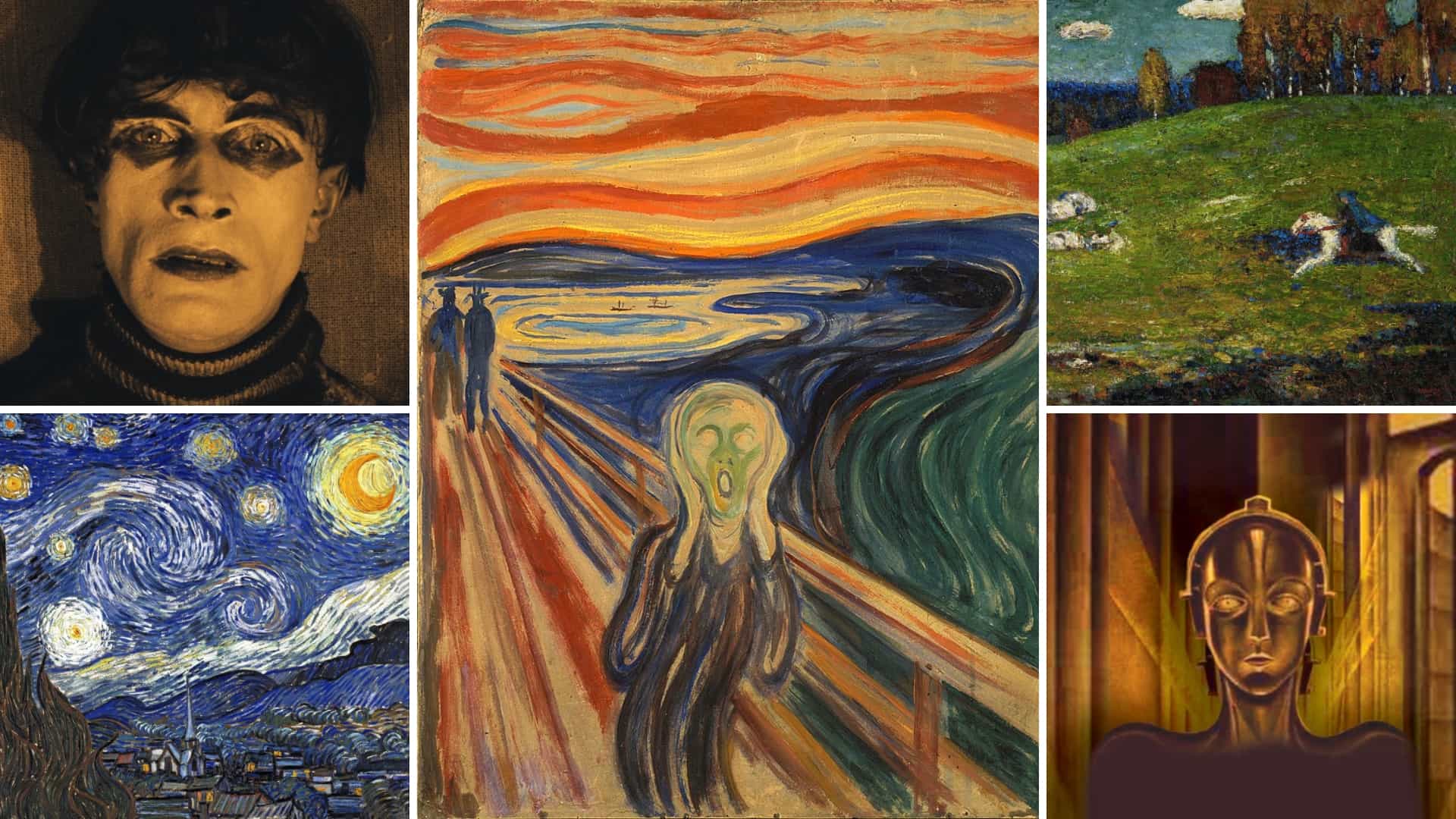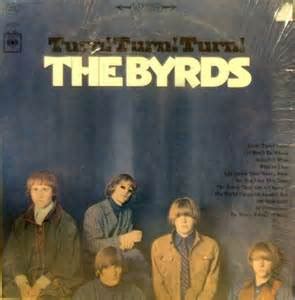The concept of medium in art refers to the physical material or technique used to create a work of art. It encompasses a wide range of substances and methods, from traditional painting and sculpture to modern digital art and installation. Understanding the medium is crucial in interpreting the meaning and significance of a piece of art, as it can greatly influence the artist’s expression, the viewer’s perception, and the overall aesthetic and emotional impact of the work.
Throughout history, artists have continuously explored and pushed the boundaries of various mediums, often leading to the development of new movements and styles. For instance, the invention of oil paints in the 15th century allowed for greater realism and depth in European art, while the introduction of acrylics in the 20th century enabled faster drying times and more vibrant colors. Each medium possesses its unique characteristics, challenges, and expressive possibilities, which artists exploit to convey their ideas, emotions, and experiences.
Traditional Art Mediums
- Painting: This medium involves applying paint to a surface, typically using brushes, palette knives, or other tools. Paint can be oil-based, water-based (acrylic or watercolor), or mixed media, offering a vast range of textures, colors, and effects.
- Sculpture: Sculpture is three-dimensional art made by carving, modeling, or assembling materials such as stone, metal, wood, or clay. It allows for tactile exploration and can be experienced from multiple angles.
- Printmaking: This involves creating images on paper or other materials through various techniques like etching, lithography, or screen printing. Printmaking enables mass production of the same image, each with unique variations.
- Photography: Capturing images using a camera and light-sensitive materials, photography can be highly realistic or manipulated through various techniques and software, making it a versatile medium for artistic expression.
Modern and Digital Art Mediums
- Digital Art: Created using digital tools such as software and computers, digital art can range from graphic design and digital painting to 3D modeling and animation. It offers unparalleled flexibility and precision.
- Installation Art: This medium combines multiple elements—objects, images, sound, and even space itself—to create an immersive experience. Installation art often challenges traditional notions of what constitutes “art.”
- Performance Art: Involving the artist’s body and presence, performance art can include dance, theater, music, or any form of live presentation. It emphasizes the process over the product and often engages the audience directly.
- Mixed Media and Collage: Combining different art mediums, mixed media and collage allow artists to experiment with texture, dimension, and meaning, creating complex and layered works.
The Significance of Medium in Artistic Expression
The choice of medium is not merely a technical decision but a crucial aspect of the artistic process. It influences how an artist can express their ideas, the kinds of effects they can achieve, and the way the artwork interacts with its audience. Different mediums offer unique properties that can enhance or challenge the message, theme, or emotion the artist aims to convey. For instance, the intimacy and expressiveness of a hand-drawn sketch might be lost in a digital reproduction, while a digital artwork might offer interactive elements that traditional mediums cannot.
Moreover, the medium can also dictate the scale, durability, and environmental impact of the artwork. For example, sculptures made from sustainable materials might reflect an artist’s concern for the environment, while digital artworks exist without physical presence, thereby having a minimal ecological footprint.
Conclusion
In conclusion, the medium is an intrinsic element of art that significantly contributes to its meaning, interpretation, and overall impact. Artists’ choices regarding medium reflect not only technical considerations but also aesthetic, conceptual, and often philosophical decisions. As art continues to evolve, embracing new mediums and technologies, understanding the role of the medium in artistic expression remains essential for both creators and appreciators of art. By exploring and pushing the boundaries of various mediums, artists continue to innovate and expand the possibilities of artistic expression, ensuring that art remains a vibrant and dynamic force in human culture.
What role does the medium play in the interpretation of a piece of art?
+The medium significantly influences the interpretation of art by affecting how the artist expresses their ideas, the viewer perceives the work, and the overall aesthetic and emotional impact. It can enhance, challenge, or change the message, theme, or emotion conveyed in the artwork.
How do traditional and digital mediums compare in terms of artistic expression?
+Traditional mediums offer unique tactile qualities and expressive possibilities that digital mediums cannot replicate, such as the texture of paint or the feel of sculpted material. However, digital mediums provide unparalleled flexibility, precision, and the ability to easily manipulate and reproduce artworks, making them ideal for certain types of artistic expression.
What factors influence an artist’s choice of medium?
+An artist’s choice of medium can be influenced by a variety of factors, including technical considerations, aesthetic preferences, the desired scale and durability of the artwork, environmental concerns, and the specific message or theme they wish to convey. Each medium has its unique characteristics, challenges, and expressive possibilities, which the artist must consider in the creative process.


